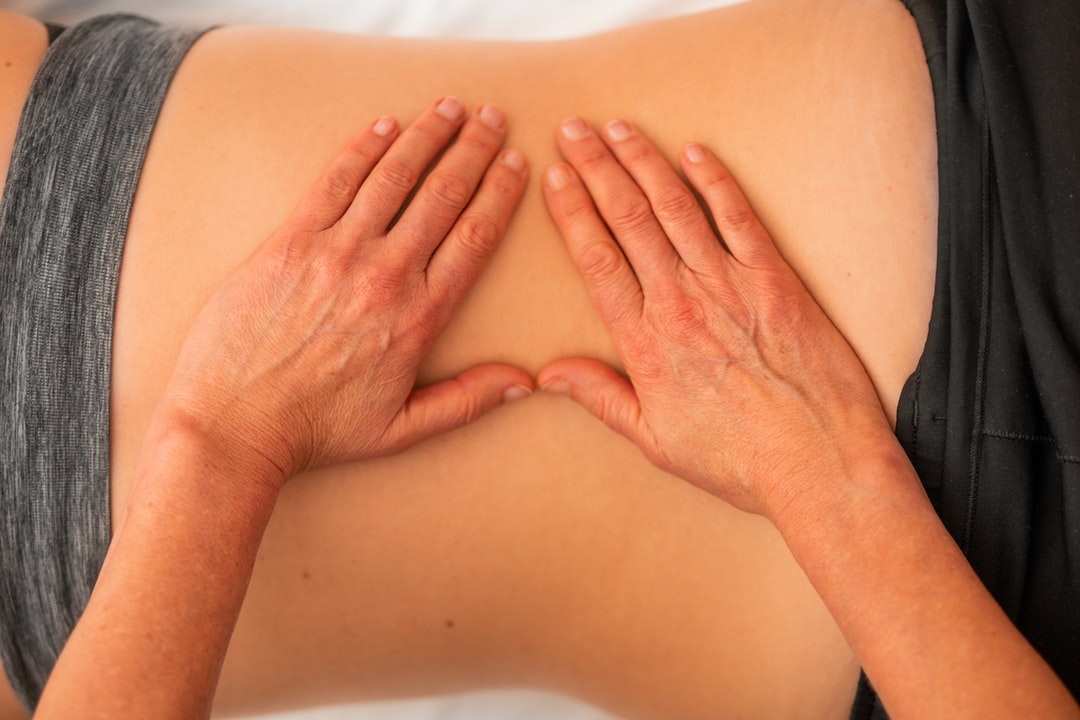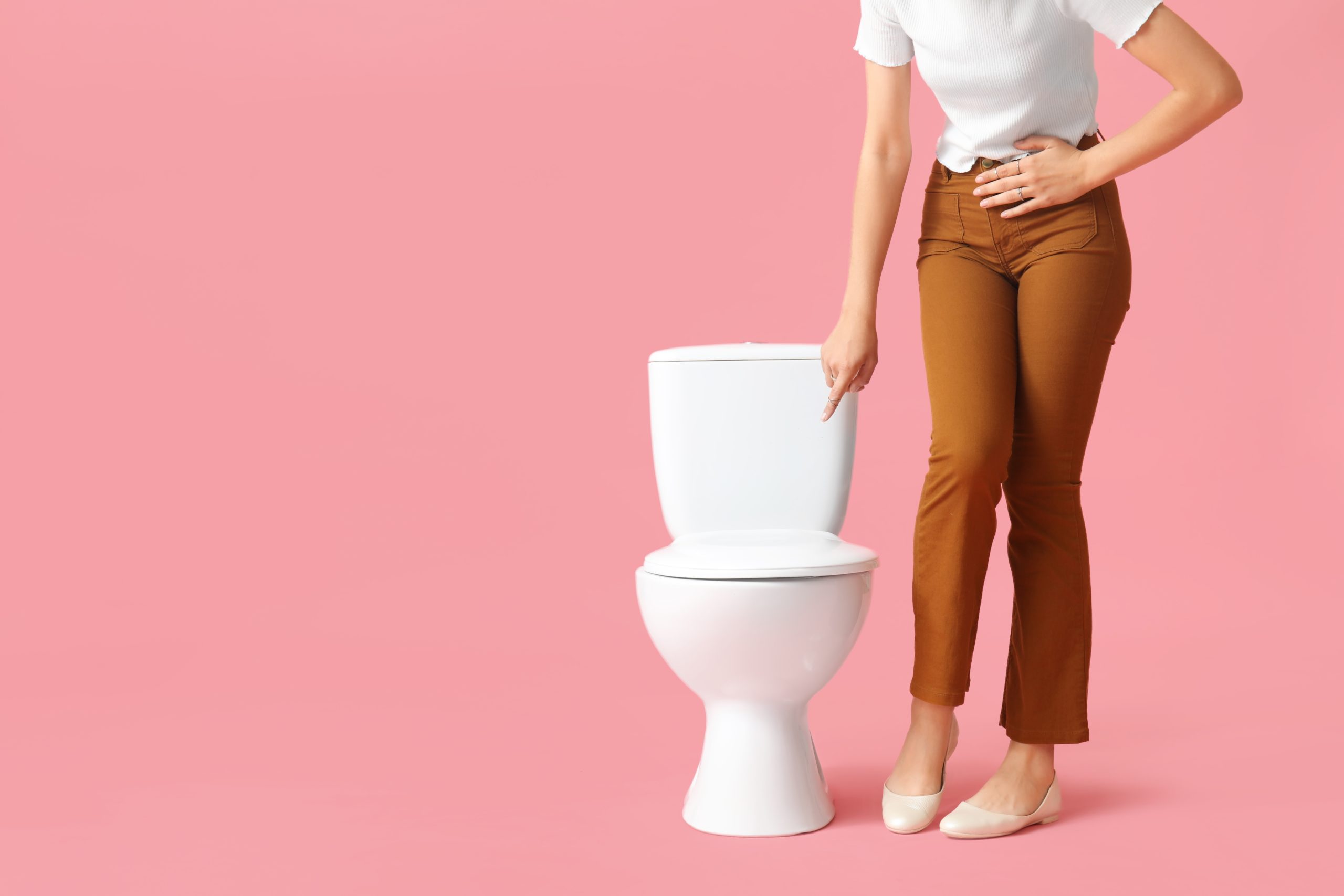
Common Pelvic Floor Disorders Among Women
Are you experiencing pelvic pressure, heaviness, a bulge, or leakage, and want to learn more about the different disorders that can cause it? You are not alone. Many women’s quality of life will be affected by one, or another, pelvic floor dysfunction.
Around 25% of adult U.S. women report at least one pelvic disorder affecting their day-to-day function. So, if you are suffering from a bulge, sense of heaviness or pressure, urinary or bowel incontinence, or other pelvic issues, we are here to help. Read on and learn about the different types of pelvic floor disorders and how to identify them.
What Are Pelvic Floor Disorders?
A pelvic floor disorder or PFD happens when the pelvic region’s connective tissues or muscles become weakened or sustain an injury. Pelvic organ prolapse, urinary incontinence, and fecal incontinence are the most typical PFDs. Older women are more likely to have PFDs.
When the connective tissue and pelvic muscles deteriorate or sustain damage, a PFD occurs. The symptoms change based on the type of PFD.
They might include a persistent urge to urinate, urine leakage, and vaginal heaviness. The following are the PFDs that most often occur:
Pelvic Organ Prolapse
Women experience “prolapse” when one or more pelvic organs slide into or press against the vagina because the pelvic tissues and muscles are unable to hold them anymore. For instance, the uterus and cervix may enter the vagina and even protrude from the entrance if there is uterine prolapse.
The top of the vagina loses support when there is vaginal prolapse, and it may drop toward or even through the vaginal opening. The urethra, the tube that carries urine from the bladder, may kink as a result of prolapse.
Bladder Problems
Strong urges to urinate, frequent urination during the day or night, and urine leakage are all examples of urinary symptoms. Urinary incontinence, or the problem of leaking urine, can affect both men and women.
An action, such as a sneeze or cough, or other variables influencing the bladder muscles may cause this leakage. The following are common types of bladder problems you may face with a PDF:
- – Stress incontinence
- – Overactive bladder or urge-related incontinence
Bowel Control Problems
Fecal incontinence, often known as stool leakage from the rectum, can affect both men and women. The ring of muscles that holds the anus closed (the anal sphincter) may become damaged or weak.
People with pelvic floor disorders may experience:
- – Urine issues such as urinary incontinence, a sudden urge to urinate, painful urination, or insufficient bladder emptying
- – Constipation, pain, or straining during bowel movements
- – Pressure or pain in the rectum or vagina
- – A bulge in the vagina or rectum
- – A heavy feeling in the pelvis
How Are Pelvic Floor Disorders Diagnosed?
Your doctor may perform a physical examination to identify a PFD. Sometimes, a woman’s healthcare professional feels or sees a protrusion that signals a prolapse during their exam. In other situations, a woman might visit her doctor to discuss concerns like bowel or bladder control issues.
Along with a physical examination, a doctor will inquire about a patient’s medical history. This will include whether she has ever been pregnant, undergone surgery, or taken any medications. A healthcare provider might perform tests based on the results of the examination or the seriousness of the symptoms.
What Causes PFDs or Pelvic Floor Disorders?
The full picture of what causes pelvic floor issues to develop is unclear and quite complex. However, the following conditions are being investigated as potential risk factors for PFDs:
Childbirth
The relationship between pelvic floor issues and pregnancy and labor has been the subject of ongoing research. However, it is unclear how they are related. A recent study revealed that the method of delivery (such as surgical versus vaginal) may increase the risk for PFDs among first-time moms.
According to research, the risk rises as a woman has more children delivered. Using forceps or a suction device during delivery may increase the danger.
The link between pregnancy, childbirth, and pelvic floor disorders is still unknown, though, because pelvic issues can also afflict women who haven’t been pregnant. Having a cesarean section only lowers, not eliminates, the risk of pelvic floor issues.
Pressure on the Pelvic Floor
These factors include being overweight or obese, having chronic constipation, or always straining to urinate. Heavy lifting and persistent coughing brought on by smoking or medical conditions are also included.
Getting Older
As women age and go through menopause, their pelvic floor muscles may weaken. This is often a result of the decrease in estrogen production when menopause begins and the ovaries stop functioning. Being on hormone replacement therapy with systemic estrogen therapy is key to eliminating this risk factor for PFDs.
While pelvic floor issues are more prevalent in older women, they are neither normal nor acceptable as women age. A person’s quality of life may be impacted by these issues. Fortunately, treatment can often help these disorders get better or go away.
Having Weaker Tissues
The durability of a woman’s muscles, bones, and connective tissues is influenced by her genes. Some women are predisposed to connective tissue disorders from birth, which increases their risk of pelvic organ prolapse.
Having Surgery
Women who have had prolapse surgery or a previous hysterectomy are at a greater risk for PDFs. Again, this has to do with the weakening of the surrounding tissues and muscles of the pelvic region. Damage to the blood vessels and nerves that supply the pelvic floor might result from cutting through the tissues of the pelvic floor, including the vagina, bladder, uterus, and bowel.
Race
White or Latina women, in particular, appear to be at higher risk for specific types of PFDs than other populations of women. Three times more white women than black women have prolapse surgeries. Levels of collagen may differ among races, which could be the cause of this.
You Do Not Have to Suffer
Talking about personal issues like incontinence and pelvic floor disorders can make many women uncomfortable. But these are common medical issues where treatment is available. Unfortunately, many women fail to seek treatment, thus lowering their quality of life.
Don’t be hesitant to find out more about your treatment choices. If you have a pelvic health problem, you can depend on us. We are experts in the obstetrics and gynecology (OB/GYN) subspecialty of urogynecology or uroGYN.
Our focus is on you and your pelvic health. Contact us or check out our Blog section for helpful information.
Connect With Us
Be sure to check our blog regularly for new posts, and follow us on Facebook and Instagram @PeterMLotzeMD for health and wellness tips and more!



